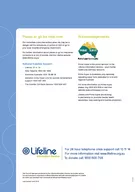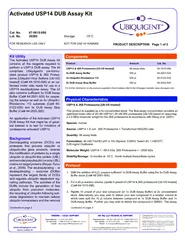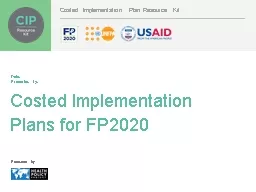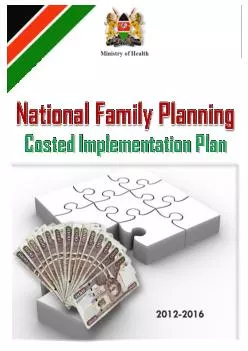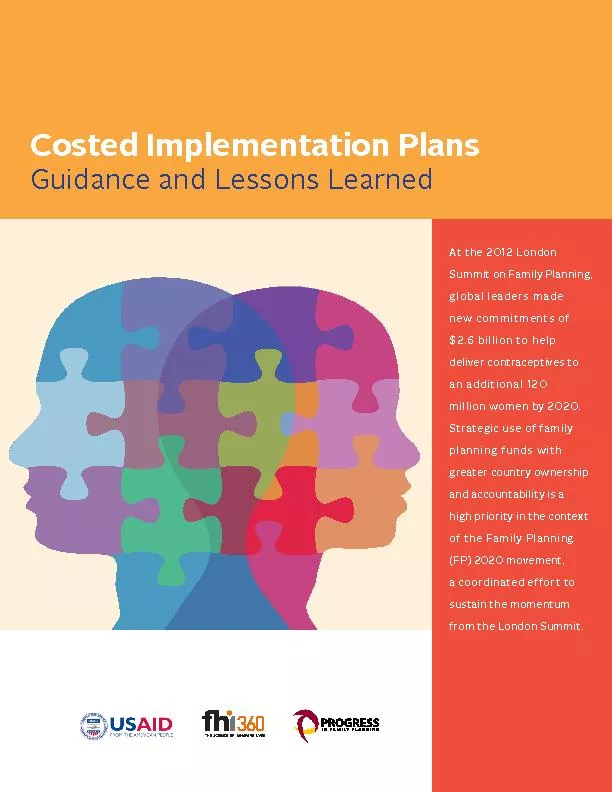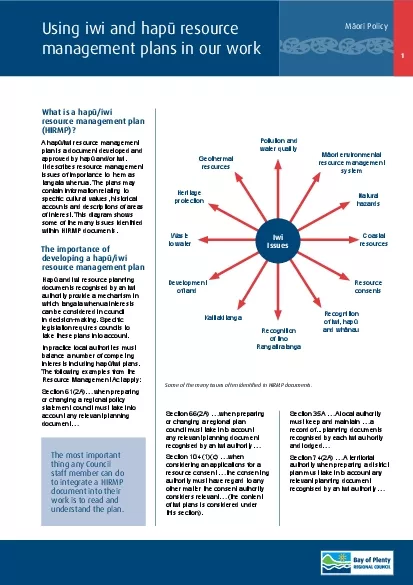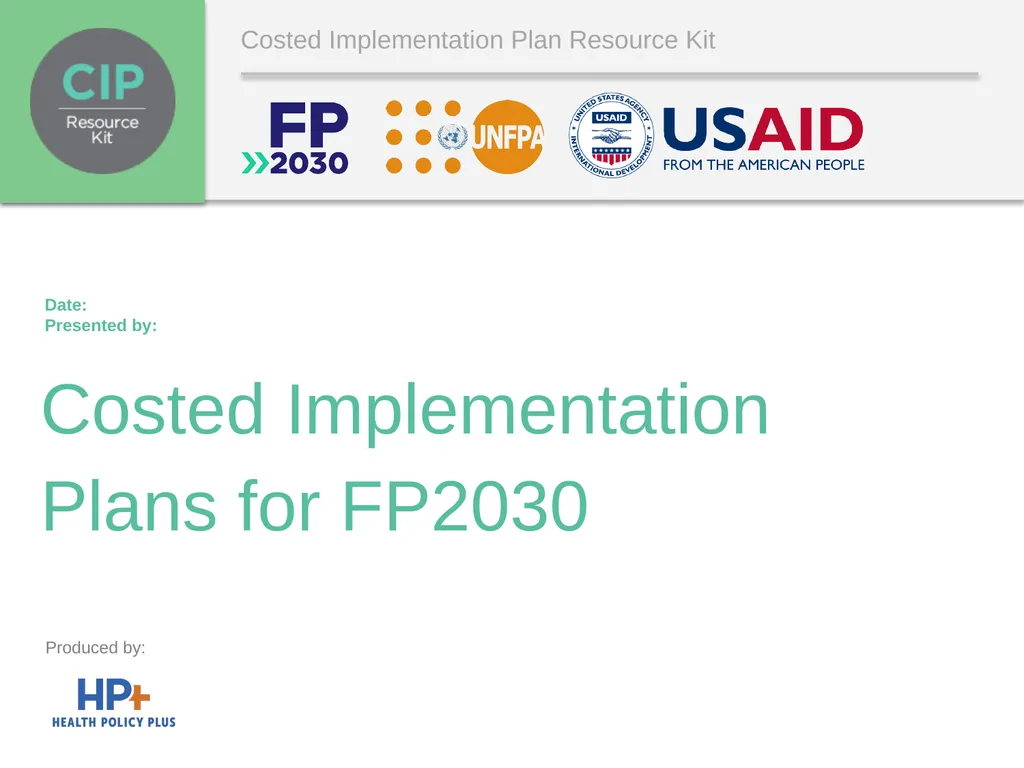
Author : test | Published Date : 2025-06-27
Description: Costed Implementation Plan Resource Kit Date: Presented by: Costed Implementation Plans for FP2030 Produced by: Why Do a Costed Implementation Plan? A CIP is a multi-year actionable roadmap with strategic priorities, interventions, andDownload Presentation The PPT/PDF document "" is the property of its rightful owner. Permission is granted to download and print the materials on this website for personal, non-commercial use only, and to display it on your personal computer provided you do not modify the materials and that you retain all copyright notices contained in the materials. By downloading content from our website, you accept the terms of this agreement.
Here is the link to download the presentation.
"Costed Implementation Plan Resource Kit Date:"The content belongs to its owner. You may download and print it for personal use, without modification, and keep all copyright notices. By downloading, you agree to these terms.
